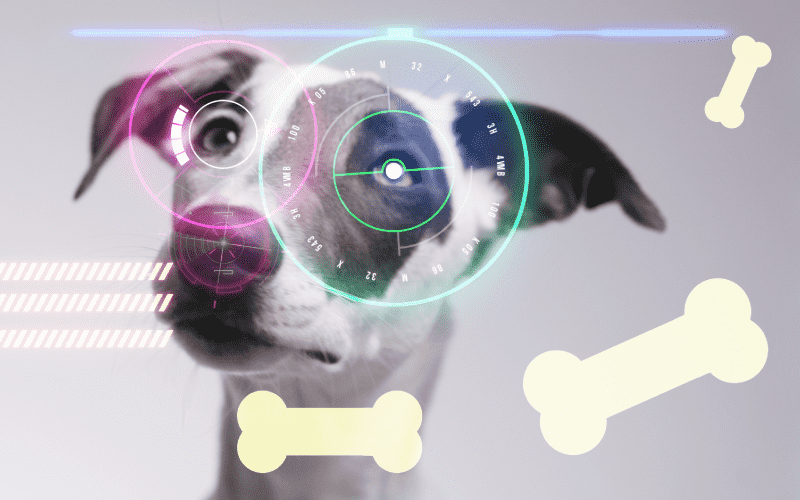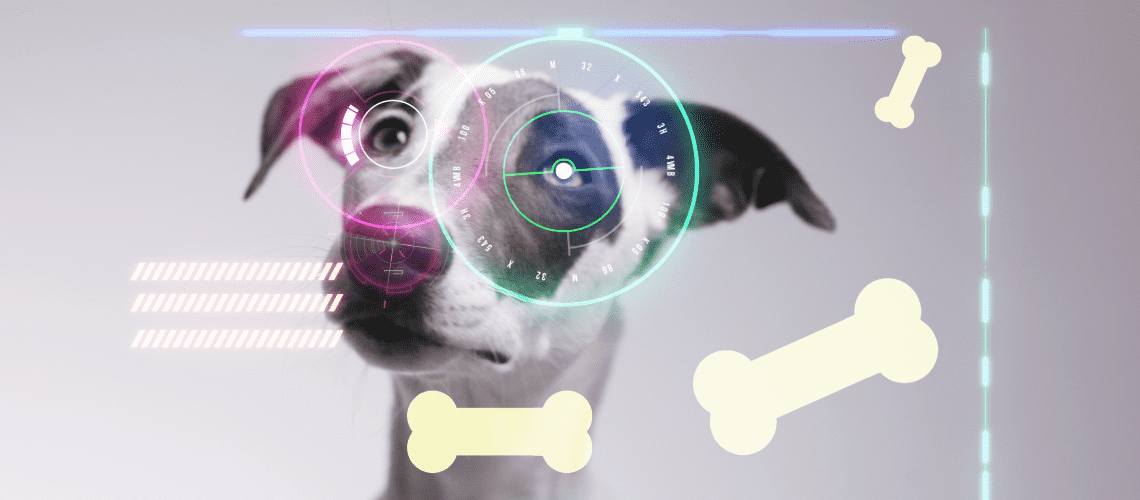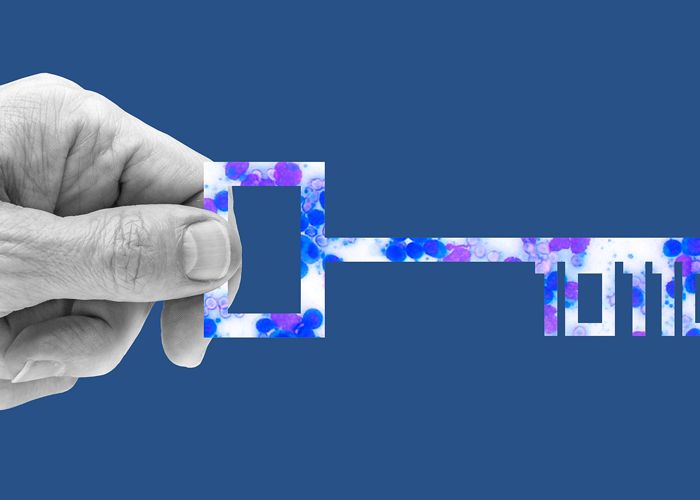

How Veterinary Innovations are Improving the Standard of Care
Over time, innovations have played an increasingly important role in the veterinary profession, empowering vets to elevate patient care. In the past, vets didn't have access to the advanced diagnostic resources they do today. As recently as 30 years ago, we only had traditional radiographs and minimal anaesthetic choices for veterinary care. We even manually counted blood cells to obtain a crude complete blood count!
However, with new technologies such as automated analysers, digital radiography, ultrasound, advanced anaesthesia, and surgical equipment, vets today have more tools to help them make accurate diagnoses, often from same-day results. These veterinary diagnostic technologies have also allowed vets to perform minimally invasive procedures, reducing the risk of complications and speeding up pet recovery times. And, with the advent of generative artificial intelligence models, vets have access to new tools that can improve the practice of diagnosing and treating patients. Tapping into these new technologies allows vets to provide an increased standard of care for all patients.
Point-Of-Care Testing
Advancements in point-of-care analysers have changed the workflow of veterinary hospitals, providing quality results and actionable insights in real time. For instance, a new automated cytology and blood morphology analyser enables vets to perform real-time diagnostic tests on blood and ear swabs with reference laboratory-level accuracy using a slide-free workflow. And, while it may seem like artificial intelligence in veterinary practice is new, AI has been a part of veterinary, in-clinic analysers for some time. Today, AI is incorporated into point-of-care haematology analysers, as well as urine sediment analysers, using automated image analysis. With these analysers, vets can obtain crucial diagnostic information in real time, resulting in same-day, accurate results and improved treatment options.
This is significant, because it arms vets with timely results that help elevate patient care and strengthen client relationships. Market research shows that millennials, the most significant pet-owning demographic today, have been trained through social media and other technology to desire instant gratification. Today's advanced point-of-care analysers can meet this need and become unique differentiators for practices at the same time.

Advancements in Imaging
The advancements in image capture technology have revolutionised the field of veterinary medicine. Digital radiography and ultrasound, for example, allow for non-invasive imaging of internal organs and associated structures, giving vets crucial diagnostic information without the need for the more invasive procedures of the past. These tests are often performed without sedation, with an option for telemedicine interpretation on the same day. Today, using artificial intelligence tools that automate tasks such as evaluating the vertebral heart score helps make practice more efficient. The results of this imaging can enable a more tailored treatment plan, leading to focused diagnostic recommendations.
In addition, with more access to CT scans and MRI machines, vets can also capture high-quality images of the patient's body in a non-invasive manner. These images are beneficial in narrowing down a differential list, pre-surgical planning, staging an oncology patient, and monitoring the success of therapeutic regimens.
Decision-Support Tools
Another significant development in veterinary technology is the advent of built-in guides and decision-support tools. These tools provide vets with the patient information they need to make confident clinical decisions. Today, or in the near future, support tools will include patient-specific histories and diagnostic results, peer-reviewed research and online commentary, and current diagnostic guidelines. In addition, some software programs can list potential risk factors based on the input of the animal's signs, breed, age and medical history. Many of these programs can also suggest recommended next steps, which may include follow-up diagnostic tests to confirm or rule out each diagnosis. Decision-support tools can aid in clinical decision-making throughout the patient journey—including leveraging patient-specific insights to provide next-step considerations for treatment and further testing. By providing access to the latest research, treatment guidelines, and pertinent patient information in one place, these decision-support tools give the vet what they need in one place to make the right call for their patient.
What does the IDEXX inVue Dx Cellular Analyzer see? The future of veterinary medicine. Learn more.
Electronic Health Records
Electronic health records (EHRs) have become the standard of care for pet health information in veterinary medicine. EHRs provide a centralised location for storing and tracking all aspects of a pet's medical history, including test results, vaccination records, and medications. With EHRs, vets can access a pet's complete medical account easily and remotely, improving the accuracy and speed of diagnoses, treatments, and client communications. Additionally, EHRs allow for easy sharing of medical information among veterinary clinics, specialists, and other providers, facilitating care coordination. Pet owners now have access to their pets' medical records, empowering them to take an active role in their pets' health care. Overall, EHRs have improved the quality and efficiency of veterinary care.
This elevated efficiency and quality of care does not only impact the patient. With the assistance of generative AI models well suited to automating veterinary tasks, veterinary surgeons will have more time and be prepared to focus on client communication. One of the most critical elements of a successful practice is a trusting veterinary client-patient relationship, which is often built from active listening and confident assessment and guidance after reviewing the entire patient history.
As technology evolves, we can expect veterinary medicine to continue benefiting from new and innovative technologies. From advancements in image capture to the use of telemedicine and electronic health records, technology has already transformed the way we care for our patients. As new technologies emerge, so will further improvements in accuracy, efficiency, and safety in veterinary care. This means pets will have access to better care and improved health outcomes, helping them live longer, healthier, and happier lives.



